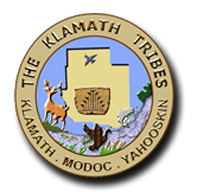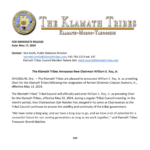By making questions, applying verbal suffixes and changing out the nouns in the sentence for other nouns, any person can make a vast number of sentences. I will give you one example of a sentence with MANY possible sentences.
That sentence is: ni yayna sle-a-my 3 word demonstration sentence. How many different sentences can we make with this sentence?
nat slewapka. We shall see.
ni yayna sle-a. First we will change the pronoun to other pronouns.
I can think of 7 other subject pronouns at the moment ni, ad, nad, i, sa, hot ,no. So the number 7 has entered our equation.
We can change the object of the verb to any noun that can be seen. yayna, goge, witem, kay, lacas. I will give the conservative number of 100 possible nouns. There are probably 1000s we could use but for ease of calculating an answer, I will go with 100. So our formula now is: 7X100.
ni yayna sle-a.
Now we will change the verb.
For ease I will say that we can use 10 verbs. The number is much higher. So our formula is: 7X 100 X 10 so far.
Now we are going to use verbal suffixes. There are 10 we have looked at so far. The actual number is much higher But 10 works. Our formula now is: 7X 100 X 10 X 10.
We can now include the number 6 as it is the number of questions we have learned. So our formula so far is: 7 X 100X 10 X 10X 6.
So our formula yields the possible sentences we can make with this 3 word sentence as: 420, 000 possible sentences. Not bad for a 3 word sentence. This process can be repeated with every sentence we can think of. So if you wanted to, you could learn a vast amount of sentences.
But to learn any language you have to try.





